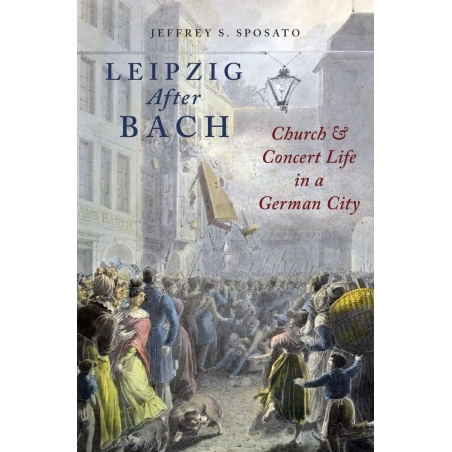Leipzig, Germany, is best known as the city where renowned composer J. S. Bach worked. But the century after his death in 1750 was critically important as well. This book examines how music in Leipzig responded to repeated threats, including changing middle-class musical tastes and the chaos of the Napoleonic wars.
CONTENTS
List of Illustrations
List of Musical Examples
List of Tables
Abbreviations
Acknowledgements
Introduction
I Leipzig, Saxony, and Lutheran Orthodoxy
Saxony and the Birth of the Reformation
The Establishment of Orthodoxy in Saxony
Threats to Orthodoxy: Pietism and Rationalism
A Catholic King
Leipzig and the Lutheran Mass
II Church Music and the Rise of the Public Concert, 1743-85
From Collegium to Concert
Bach, the Cantata, and the Concerted Mass
Gottlob Harrer and the New Era of Leipzig Church Music
Johann Friedrich Doles and Approachable Church Music
Hiller, Church Music, and the Grosse Concert
The Gewandhaus
III Hiller, Schicht, and the Crises of Church and State, 1785-1823
Hiller as Thomaskantor
The Cantor, the Superintendent, and the Crisis in the Church
August Muller and the Invasion of Leipzig
Schicht and the Transformation of Gewandhaus Sacred Music
IV Mendelssohn and the Transformation of Leipzig Musical Culture
Schulz, Pohlenz, and a Demand for Change at the Gewandhaus
Mendelssohn and a New Vision for Music in Leipzig
Programming Trends
Mendelssohn and Serious Music
They prefer to ignore Weinlig
An Ally for Change: Moritz Hauptmann as Thomaskantor
Epilogue
Bibliography
Index




